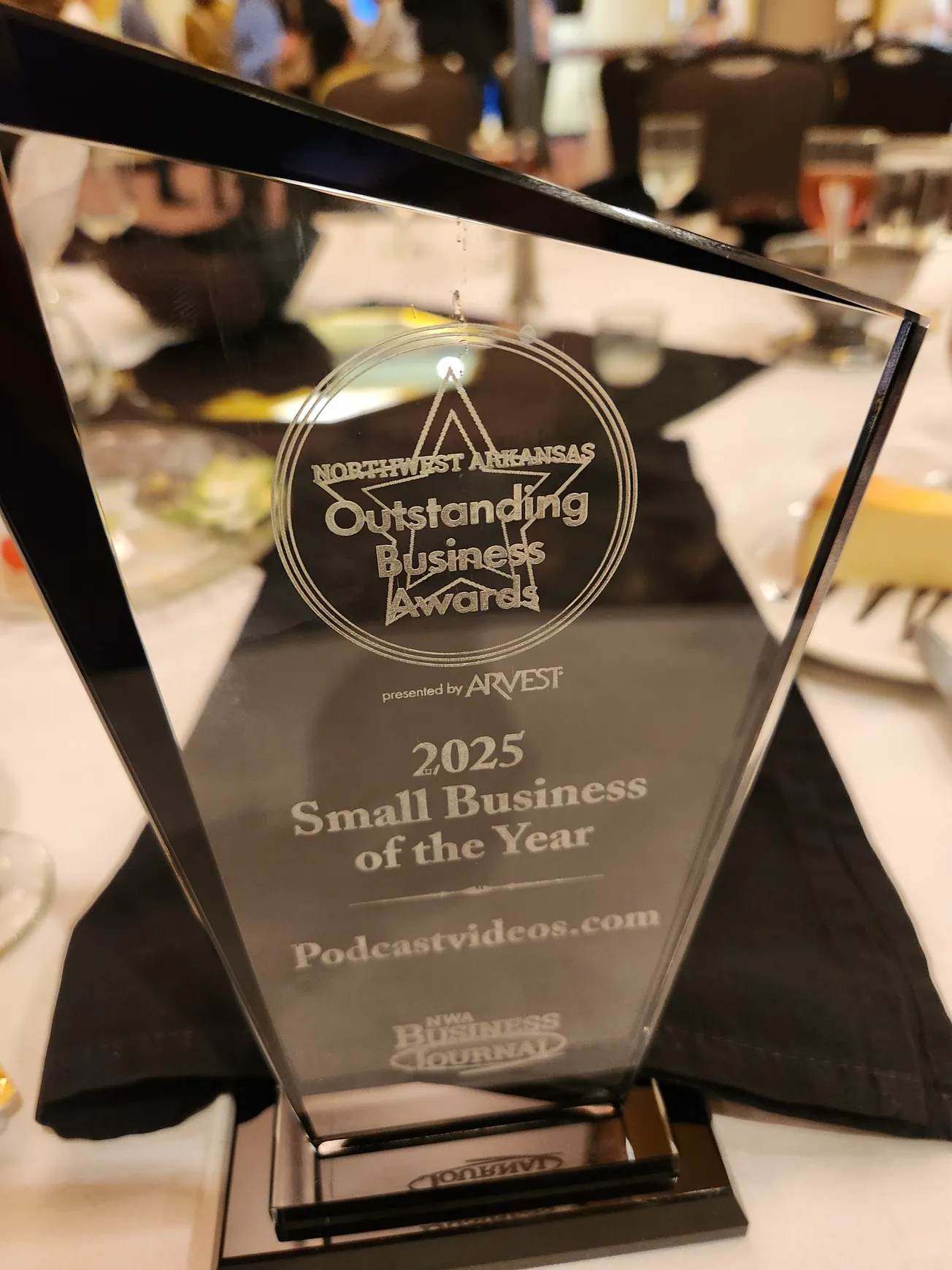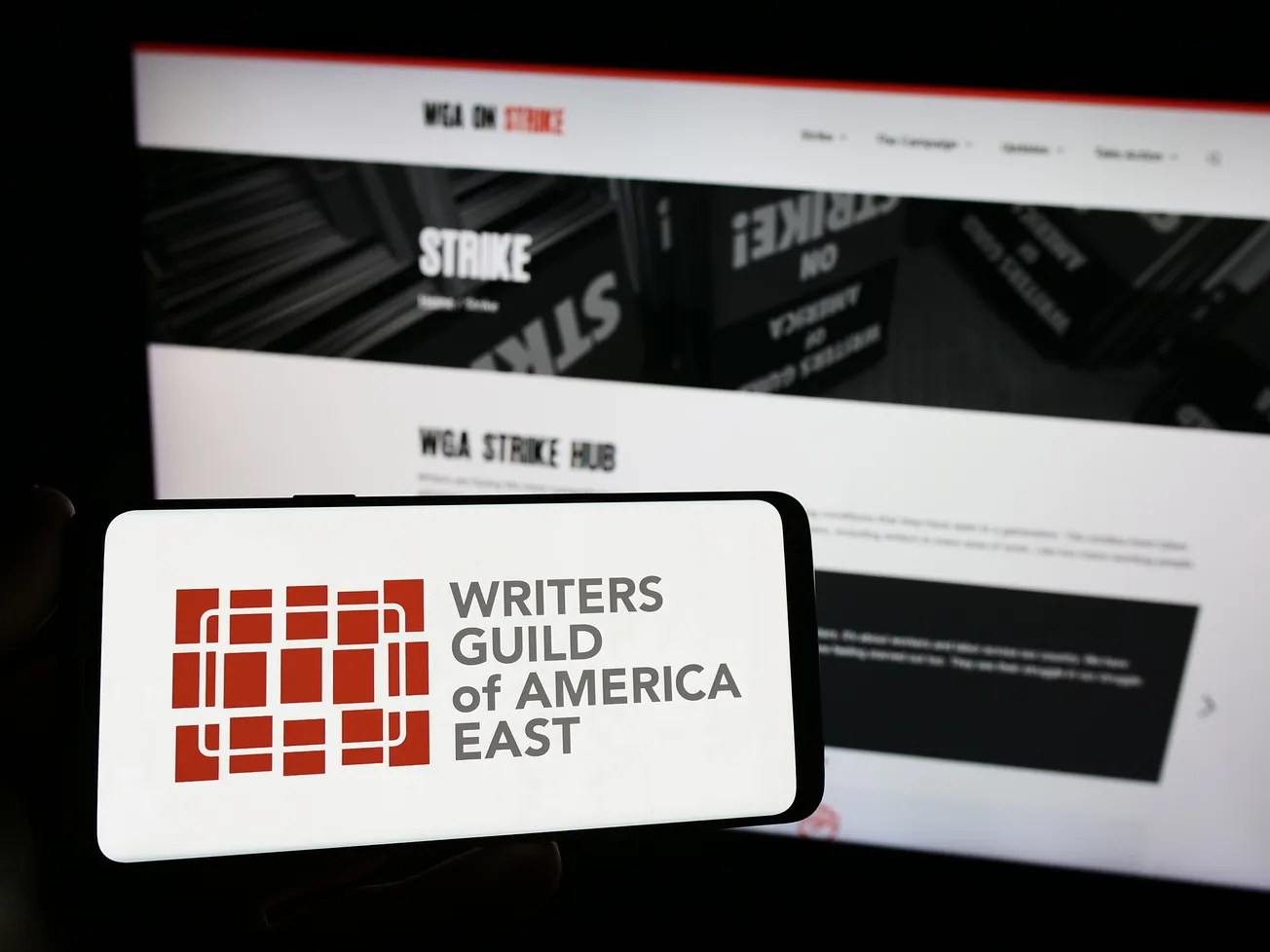You may have heard of sponsorships and branded content, but finding the right type of podcast advertising for your needs can be tricky. In this article, we’ll define the most common types of podcast ads to help you decide the best fit for your podcast marketing strategy.
1. Host-Read Ads
Host-read ads are one of the most popular and effective types of podcast advertising. These ads involve the podcast host delivering an endorsement directly to their audience, making the message feel more natural and conversational. Typically, host-read ads appear in the beginning (pre-roll) or middle (mid-roll) of the episode.
In some cases, host-read ads are pre-produced, meaning the host records the endorsement beforehand for pre-roll or mid-roll placement. These ads can be inserted dynamically, allowing flexibility to move them in or out of the episode as needed.
According to Podpage, host-read ads help build listener trust and engagement while allowing the host creative freedom to match their delivery with the episode’s content. However, the host must ensure the advertisement aligns with the theme of the episode.
Listeners trust the host’s voice and recommendations. A Sounds Profitable study found that 71% of listeners trust podcast ads more than other types of advertising.
2. Integrated Ad Insertion
Integrated ads (also known as baked-in ads) are part of the episode’s audio file, meaning they stay with the podcast forever once they are placed. This ensures that the message reaches both new and returning listeners as long as the episode is available.
Since integrated ads are permanent, they must be timeless and broadly relevant. It’s essential to avoid specifics that could date the ad, such as referencing current events or limited-time offers.
3. Dynamic Ad Insertion (DAI)
Dynamic Ad Insertion (DAI) targets specific episodes with ads that are inserted as the episode is downloaded or streamed. These ads can be purchased directly through a network or publisher via an agency, allowing for easier access to the podcast’s full audience.
DAI provides brands with more control and creative opportunities, as they can adjust the ad content as needed. However, Ad Results Media cautions that dynamic ads can lead to cluttering the podcast, potentially detracting from the overall listener experience.
4. Cross-Promotion & Alternative Monetization Methods
Podcast advertising can significantly expand the reach of any creator with a clear message. Podcasters can cross-promote their shows on similar podcasts, reaching new audiences who are likely to be interested in their content. This strategy works well alongside traditional advertising methods.
Email marketing and social media also play a significant role in podcast marketing. These platforms allow hosts to engage, retain, and promote their podcasts beyond podcast platforms. Whether through newsletters or social media posts, podcasters can connect with their audience and keep them informed about new episodes and updates.
Listener-supported models like Patreon or Buy Me a Coffee can also replace traditional ads, allowing creators to generate income through fan subscriptions. These models foster a deeper connection between the host and their audience, encouraging ongoing support.
Conclusion
According to Buzzsprout, 62% of listeners are likely to consider purchasing a product after hearing an ad, and 67% remember the ads they hear on podcasts. Podcast advertising benefits brands by reaching a dedicated audience, and listeners enjoy hearing recommendations that are relevant to their interests.
Innovative podcast advertising strategies can benefit both brands and creators. By thoughtfully choosing the right ad types, you can monetize your show while maintaining an engaged audience. The best approach is often to combine various advertising methods based on your needs and resources, ensuring the ads align with both your content and listener expectations.








